13 National Monuments in the U.S. That Deserve More Attention
Many national monuments in the United States offer stunning landscapes, rich history, and unique experiences without the crowds found at popular parks. These hidden treasures provide a chance to explore nature, culture, and ancient sites in peaceful settings. Whether you enjoy hiking, history, or quiet views, these lesser-known destinations deliver memorable visits away from busy tourist spots.
This post may contain affiliate links, which helps keep this content free. Please read our disclosure for more info.
Chiricahua National Monument, Arizona

Chiricahua National Monument is a hidden gem filled with fascinating rock formations called hoodoos. These towering spires rise dramatically from the ground, creating a unique landscape that feels like a natural sculpture garden. Visitors can explore miles of hiking trails that wind through volcanic rock formations and forests, offering plenty of opportunities for quiet reflection and wildlife spotting.
Because it is less known than many other national parks and monuments, Chiricahua provides a peaceful experience away from the busier tourist spots. The area also holds historical significance, as it was home to the Chiricahua Apache people. Its combination of natural beauty and cultural history makes it a special place to visit.
Castle Pinckney National Monument, South Carolina
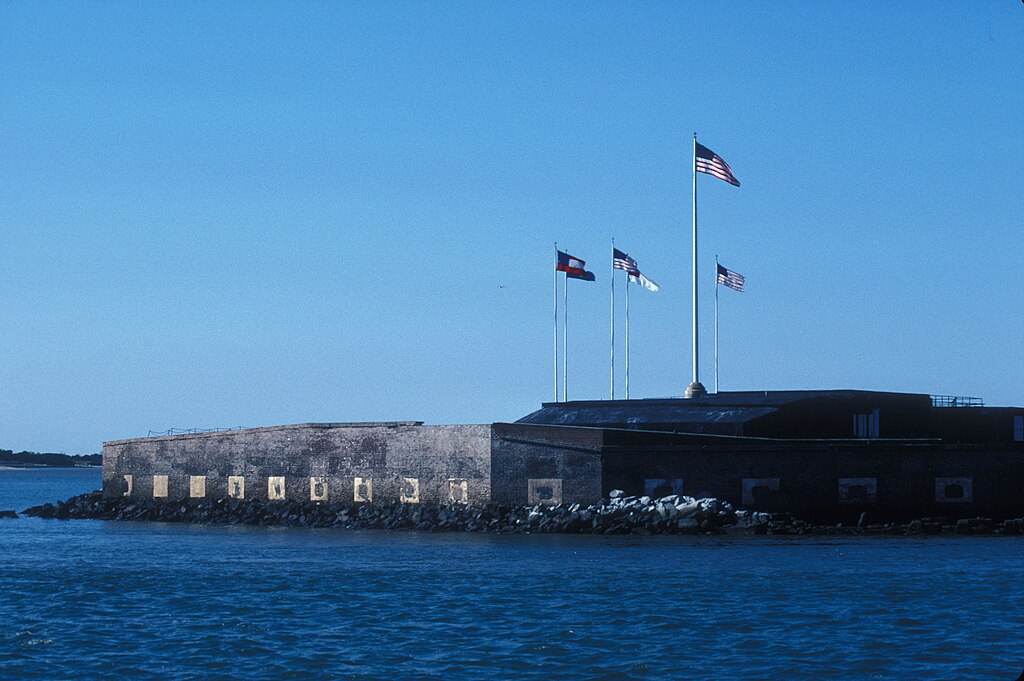
Castle Pinckney is a small but interesting national monument located on a tiny island in Charleston Harbor. It was once a coastal defense fort that played a role during the Civil War. Though the site is not large, it offers an insightful glimpse into military history and coastal defense strategies of the 19th century.
Visiting Castle Pinckney allows one to experience the charm of Charleston from a different angle without the crowds of the city’s more famous historic sites. The monument’s isolated location makes it a quiet spot for those interested in history and coastal views.
Tule Springs Fossil Beds National Monument, Nevada
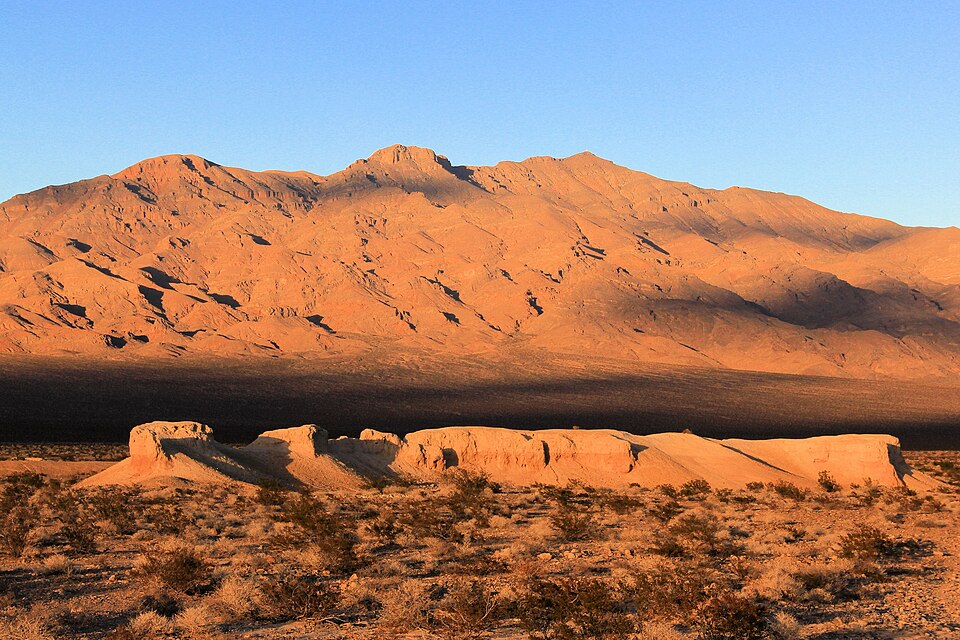
Tule Springs Fossil Beds preserves a vast collection of Ice Age fossils, including mammoths and ancient camels. The monument offers visitors a chance to see where some of these prehistoric creatures once roamed, along with desert landscapes that stretch far and wide. Trails here lead through open desert and around fossil sites, providing both educational and outdoor adventures.
Because it is not a typical tourist destination, visitors can explore Tule Springs at a relaxed pace without worrying about large crowds. This makes it ideal for people who enjoy history, paleontology, and desert hiking.
Russell Cave National Monument, Alabama
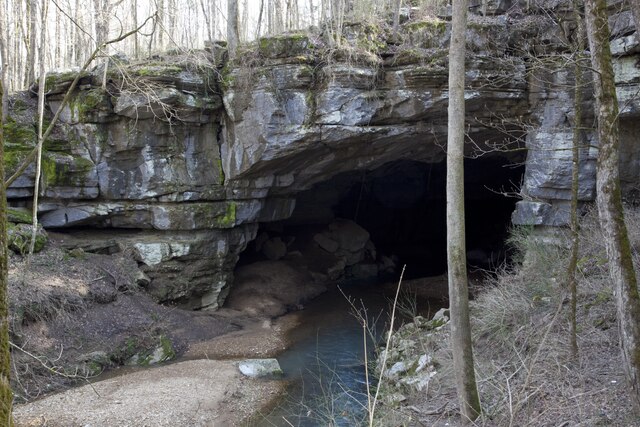
Russell Cave provides a fascinating peek into thousands of years of human history. Archaeologists have found artifacts inside the cave that date back over 10,000 years. The monument tells the story of early Native American life and offers visitors a quiet place to learn about ancient cultures in a natural setting.
The site is well-preserved and less visited compared to other historical sites in the region. This allows for a more personal experience while exploring the cave and its surroundings. It is a great destination for those interested in archaeology and history.
Montezuma Castle National Monument, Arizona
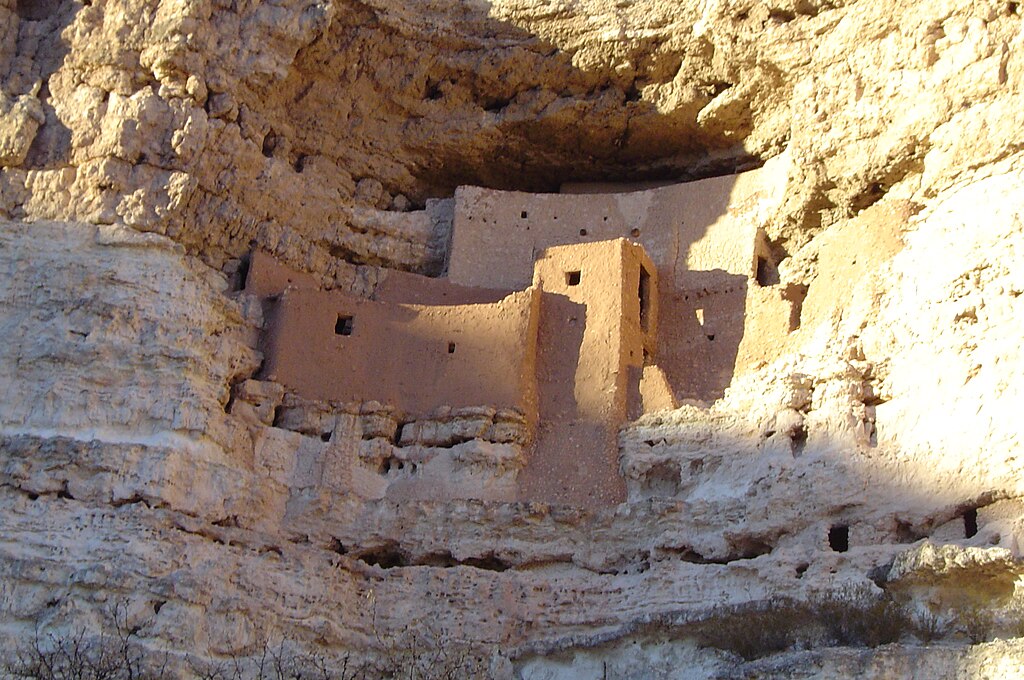
Montezuma Castle stands out with its ancient cliff dwellings built by the Sinagua people. These well-preserved stone homes cling to a limestone cliff, showing impressive early engineering and adaptation to the environment. The monument is easy to access with a visitor center and walking trails that bring guests close to this remarkable site.
Montezuma Castle is often overshadowed by larger parks in the Southwest, but it offers a unique look into the past without large visitor crowds. It is perfect for anyone who enjoys history, archaeology, and scenic views.
Pipe Spring National Monument, Arizona
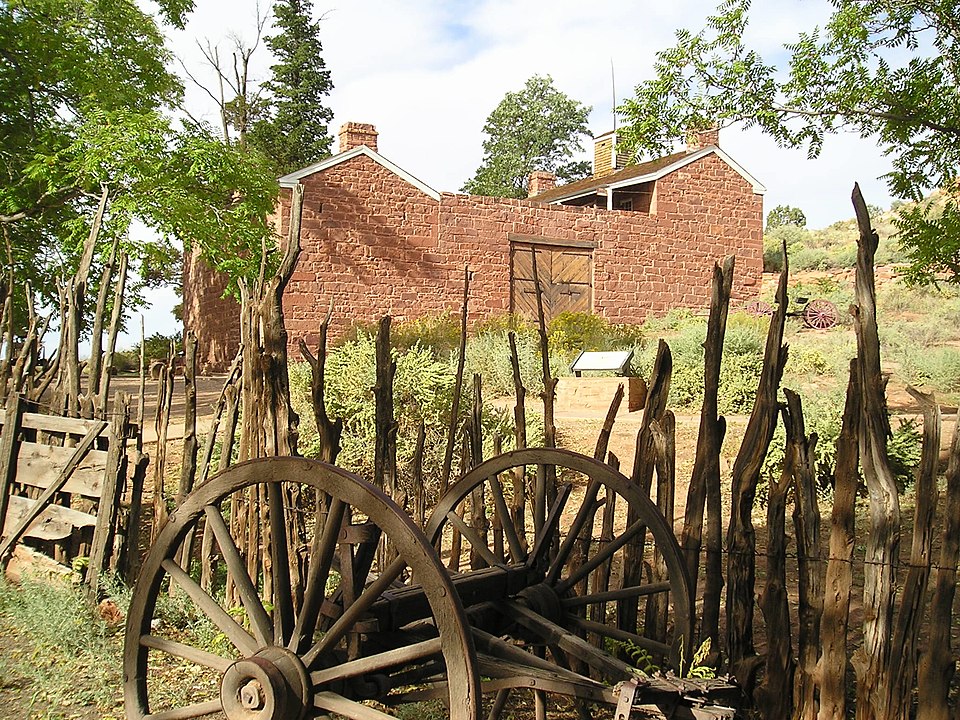
Pipe Spring holds important stories about the early settlers, Native Americans, and Mormon pioneers who lived in the region. The monument features a well-preserved fort, spring, and visitor center that share tales of life in the desert over the past two centuries. Walking through the site reveals how people adapted to this harsh environment.
This spot is not widely known, which means visitors can enjoy a peaceful visit while learning about diverse cultural histories. The surrounding landscape is beautiful and quiet, making it ideal for those who want to explore history away from crowded sites.
Salinas Pueblo Missions National Monument, New Mexico
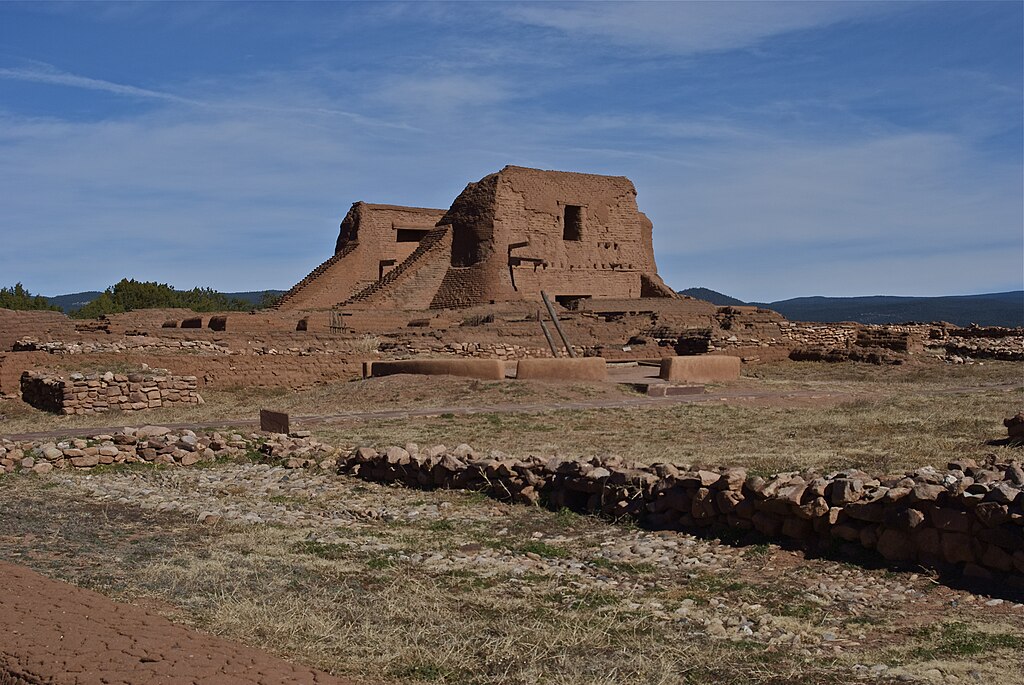
This monument protects the ruins of three Spanish missions and Native American pueblos. Visitors can walk among the remains of ancient buildings and learn about the complex history of Spanish colonization and indigenous life in the area. The site offers well-marked trails and an informative visitor center to deepen the understanding of the past.
Because it receives fewer visitors than many other southwestern landmarks, Salinas Pueblo Missions allows for a calm and reflective visit. It is well-suited for history lovers who want to explore early colonial and Native American interactions.
Wupatki National Monument, Arizona

Wupatki preserves an ancient pueblo village that once thrived in northern Arizona. Its large stone structures and ball courts reveal a thriving community that lived there centuries ago. The monument offers easy trails with signs that explain the history and culture of the people who built these homes.
Wupatki is often overlooked by travelers heading to the Grand Canyon, yet it provides a rich cultural experience in a quiet setting. Visitors can enjoy the views, the history, and the feeling of walking among the ruins without the usual tourist crowds.
Organ Pipe Cactus National Monument, Arizona
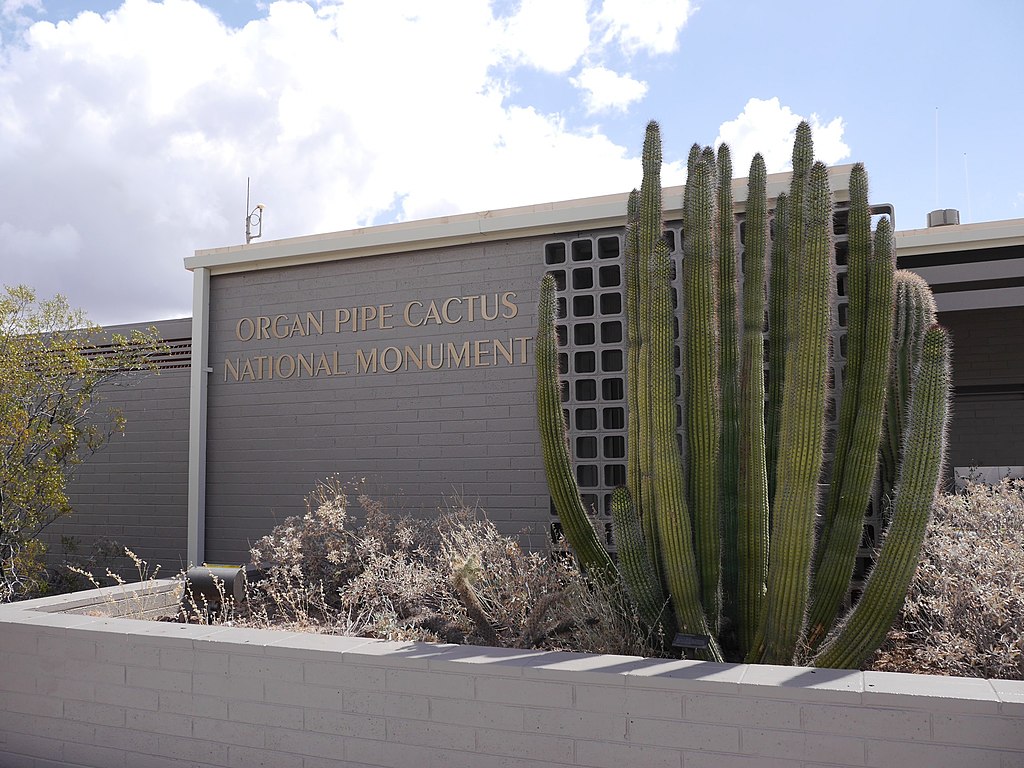
Organ Pipe Cactus National Monument is home to some of the most striking desert landscapes in the United States. It protects vast stretches of the Sonoran Desert filled with unique cacti, including the monument’s namesake organ pipe cactus. The monument offers scenic drives, hiking trails, and opportunities to spot wildlife such as desert bighorn sheep.
Since it is located near the border and less accessible than some desert parks, it sees fewer visitors. This provides a tranquil experience for nature lovers who want to enjoy desert beauty far from crowds.
Fort Union National Monument, New Mexico
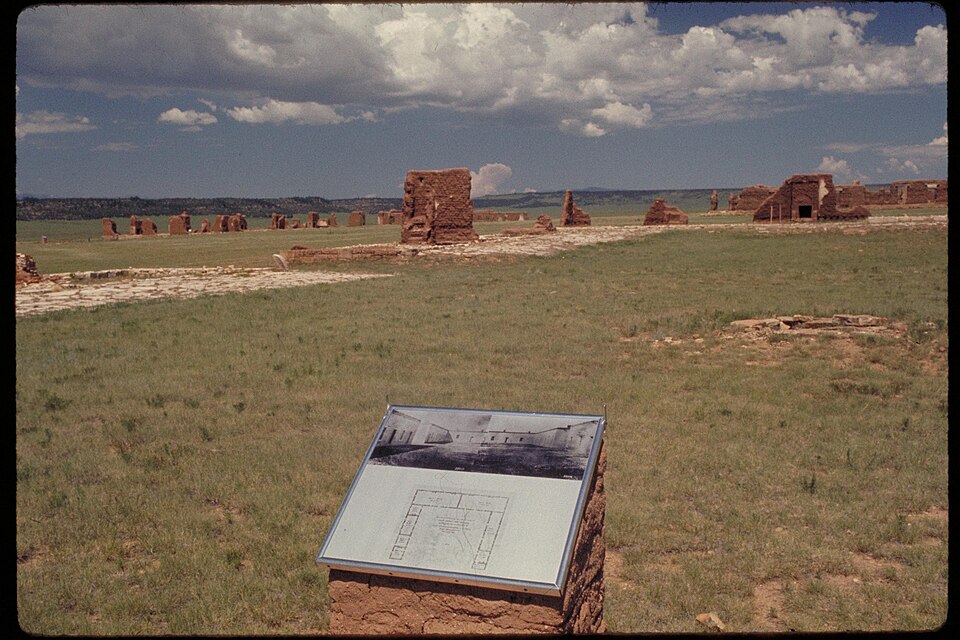
Fort Union was once a key military supply post on the Santa Fe Trail. Today, the ruins give visitors insight into 19th-century frontier life and westward expansion. The monument features reconstructed buildings and trails that make it easy to explore this historic site.
It is not widely visited, making it an excellent spot for history enthusiasts to learn about early military and trading life in the Southwest. The peaceful surroundings add to the experience of stepping back in time.
Florissant Fossil Beds National Monument, Colorado

Florissant Fossil Beds offers a rare glimpse into prehistoric life with one of the richest fossil deposits in North America. Visitors can see detailed fossils of plants and insects that are millions of years old. The site includes walking trails, a museum, and guided programs that explain the area’s ancient environment.
Because it is off the beaten path, Florissant Fossil Beds provides a calm setting for learning about natural history. It appeals to fossil lovers and anyone interested in geology without the busy atmosphere of larger parks.
Effigy Mounds National Monument, Iowa
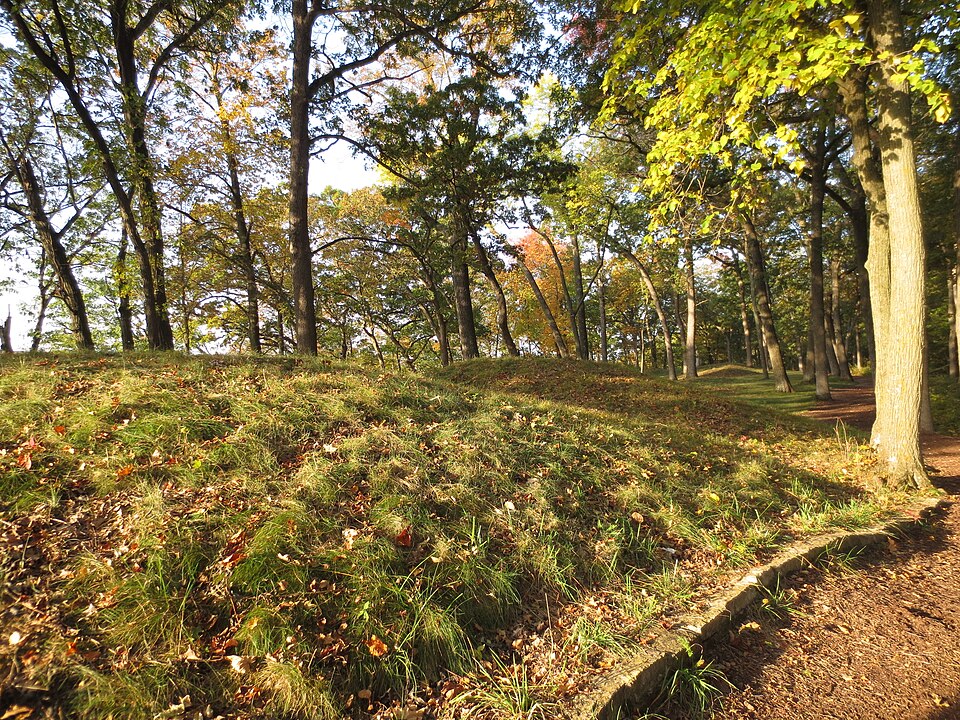
Effigy Mounds preserves more than 200 prehistoric mounds built by Native Americans. Many of these mounds are shaped like animals, such as bears and birds, and they hold great spiritual significance. Visitors can hike the trails that wind through wooded hills, offering peaceful views and a connection to ancient traditions.
This monument is often overlooked but is a meaningful destination for those who want to explore indigenous history and enjoy nature in a quiet setting. It is a place for reflection and learning.
John Day Fossil Beds National Monument, Oregon
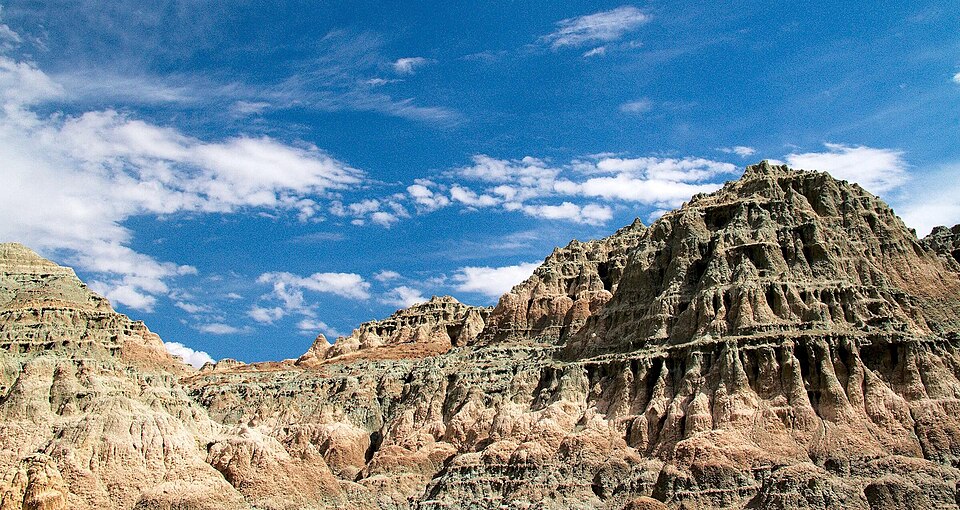
John Day Fossil Beds protects layers of fossil-rich rock that reveal millions of years of natural history. The colorful Painted Hills unit offers stunning landscapes shaped by volcanic activity and erosion. Trails and overlooks give visitors a chance to appreciate both the geology and the fossil discoveries made here.
Since it is less crowded than many national parks, John Day Fossil Beds allows visitors to enjoy its beauty and scientific importance in peace. It is a great choice for hikers, photographers, and anyone interested in Earth’s history.
This article originally appeared on Avocadu.
